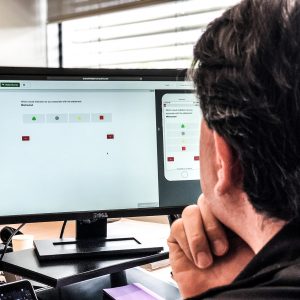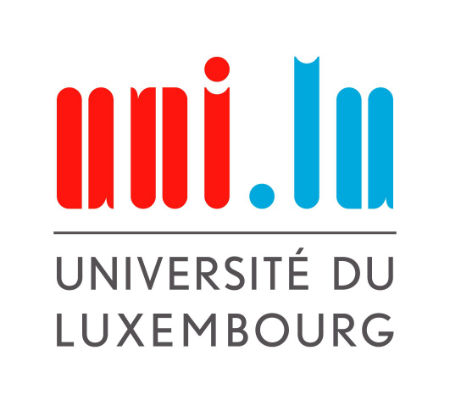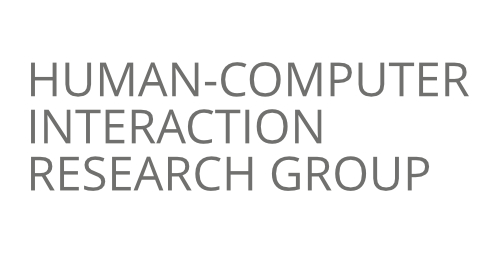Protecting the secrecy of messages online is not only in the interest of citizens that would like to exercise their Right to Privacy and Right to Freedom of Information, but also those with a professional duty of confidentiality (e.g journalists, lawyers, doctors, etc.). GDPR requires from all controllers and processors of personal data to implement appropriate measures, such as encryption, to mitigate any accidental or unlawful actions that could lead to physical, material or non-material damage to data subjects.
While in recent years, and in particular following the Snowden revelations, a plethora of secure instant messaging applications have come into existence — with some of them reaching significant popularity — the wide user adoption figures cannot be asserted in the case of secure e-mail. With the total number of business and consumer e-mails sent and received per day, estimated to have exceeded 281 billion according to The Radicati Group, it is clear that the need for securing e-mail communication is as relevant and pressing today as it was two decades ago when the first usability studies showed significant problems with the existing e-mail encryption mechanisms.
Next steps in the project
We plan to do a series of user studies on secure e-mail in the forthcoming period. If you would like to express your interest to participate in these studies and be notified once the registration period opens, please visit:
https://ulsurvey.uni.lu/index.php/394831
Contact person for further information: Borce Stojkovski


